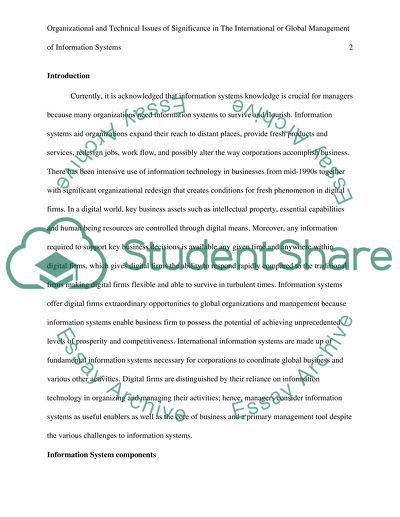Cite this document
(“Organizational and technical issues of significance in the Research Paper”, n.d.)
Organizational and technical issues of significance in the Research Paper. Retrieved from https://studentshare.org/information-technology/1486901-organizational-and-technical-issues-of
Organizational and technical issues of significance in the Research Paper. Retrieved from https://studentshare.org/information-technology/1486901-organizational-and-technical-issues-of
(Organizational and Technical Issues of Significance in the Research Paper)
Organizational and Technical Issues of Significance in the Research Paper. https://studentshare.org/information-technology/1486901-organizational-and-technical-issues-of.
Organizational and Technical Issues of Significance in the Research Paper. https://studentshare.org/information-technology/1486901-organizational-and-technical-issues-of.
“Organizational and Technical Issues of Significance in the Research Paper”, n.d. https://studentshare.org/information-technology/1486901-organizational-and-technical-issues-of.


